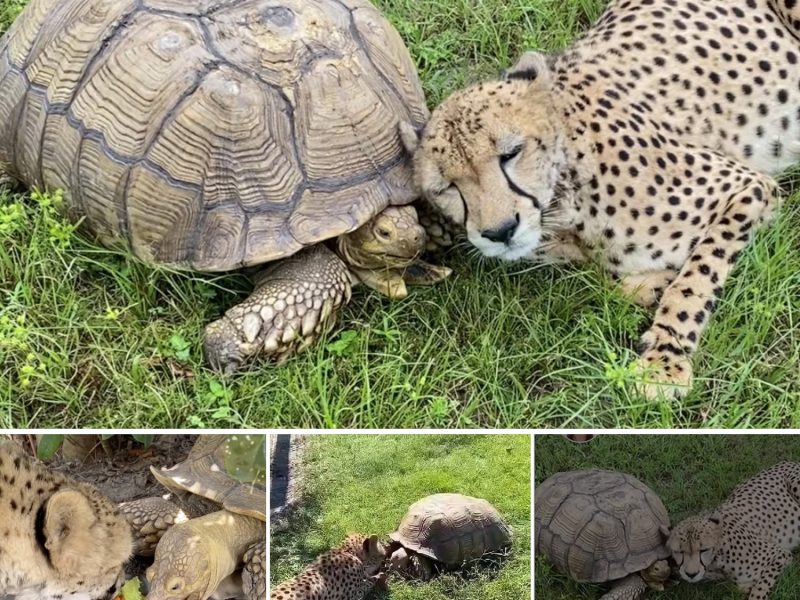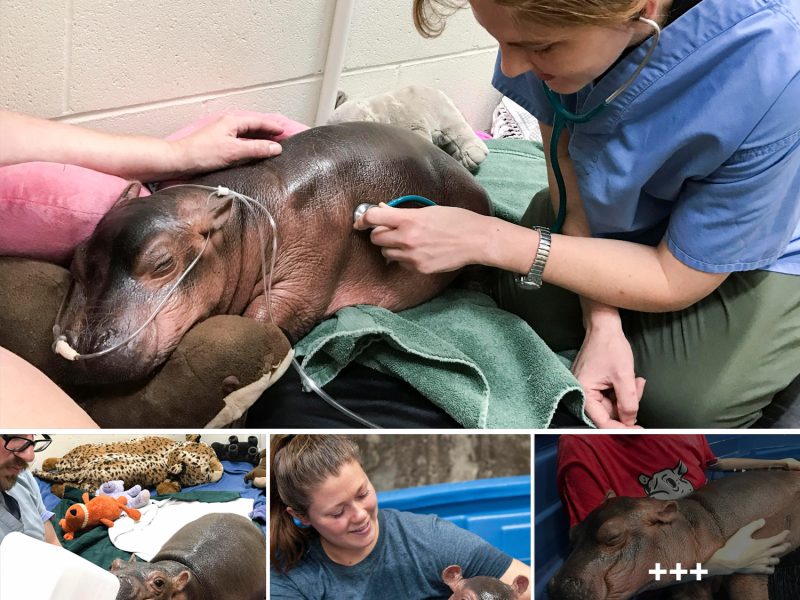The Earth is a wild and amazing place, full with millions of fascinating species that most of us have never even heard of. Nature never ceases to astound us with all it has to give. Whether it’s a stunning sunset, a flower-filled garden, or charming creatures, there’s always something fresh that takes our breath away.
1 / 15
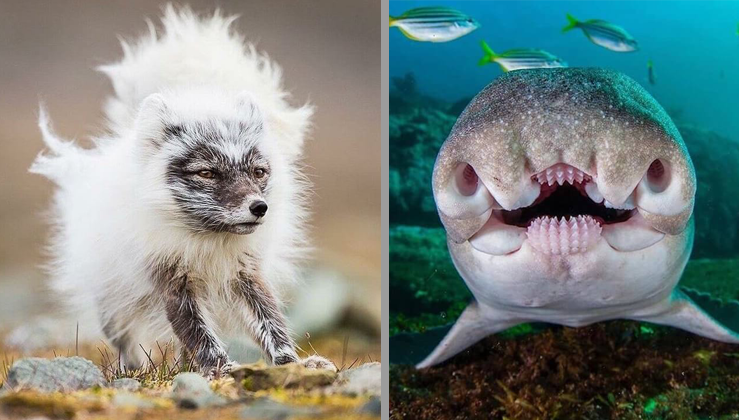
However, there are some weird things that may be extremely amazing at times. We are never entirely aware of all the species with whom we share the world, therefore here is a list of 20 of these lovely animals that you may not have realized existed.
2 / 15
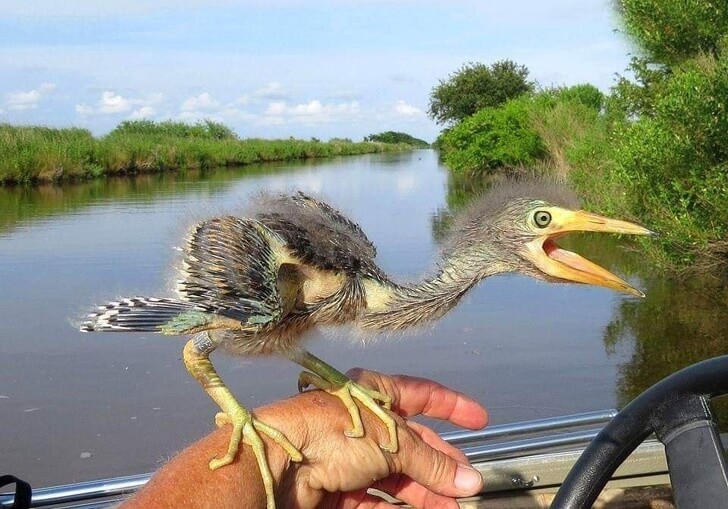
A heron in blue color. This is a baby blue heron. It looks like a little dinosaur, doesn’t it? That’s because birds are the modern descendants of dinosaurs. It really shows. Well, at least in this case. Owls and penguins not so much. What’s your favorite kind of bird? Mine are dragonflies. “Dragonflies aren’t birds.” Well they’re not dragons or flies. “They’re insects.” I’m pretty sure they’re related to hummingbirds.
3 / 15
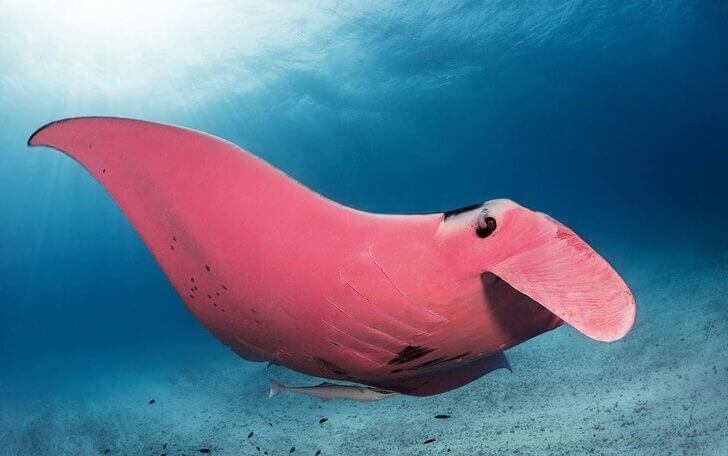
A one-of-a-kind pink stingray. When the photographer realized the manta, photographed near Lady Elliot Island, was actually pink, “my jaw dropped,” he says. How did this rare pink manta get its color? Spotted recently off the Great Barrier Reef, the little-seen fish’s rosy hue is not due to infection or diet, scientists say. Photographer Kristian Laine was freediving recently off the southernmost island of Australia’s Great Barrier Reef when a bright pink manta ray glided by. He thought for sure that his camera was malfunctioning.
4 / 15
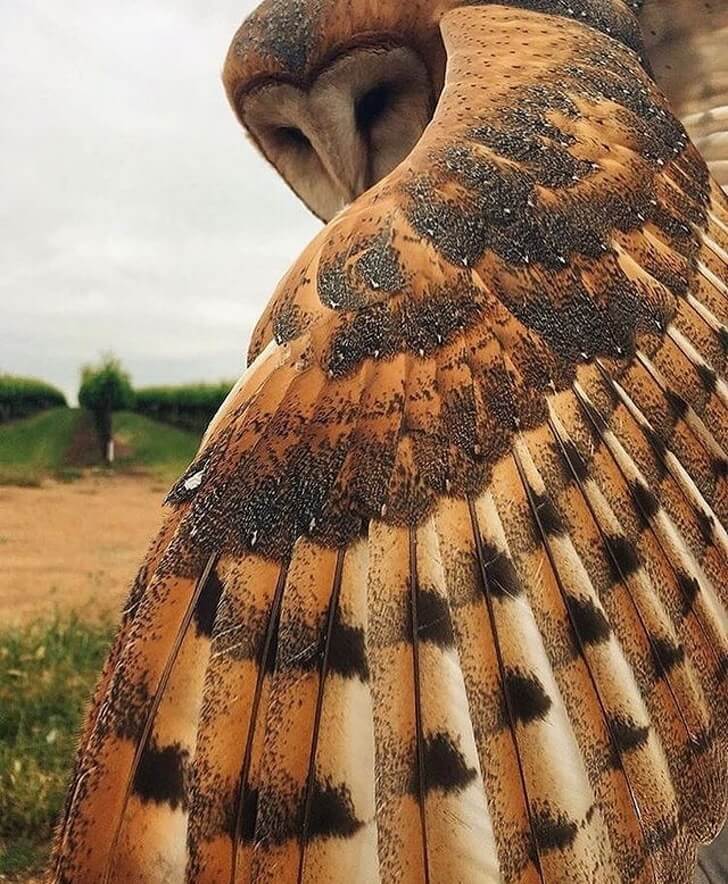
A nocturnal owl with camouflage wings. Barn owls are specialists in prey detection using acoustic information. The flight apparatus of this bird of prey is most efficiently adapted to the hunting behavior by reducing flight noise. An understanding of the underlying mechanisms owls make use of could help minimize the noise disturbances in airport or wind power plant neighborhood. Here, we characterize wings of barn owls in terms of an airfoil as a role model for studying silent flight. This characterization includes surface and edge specialization (serrations, fringes) evolved by the owl. Furthermore, we point towards possible adaptations of either noise suppression or air flow control that might be an inspiration for the construction of modern aircraft.
5 / 15
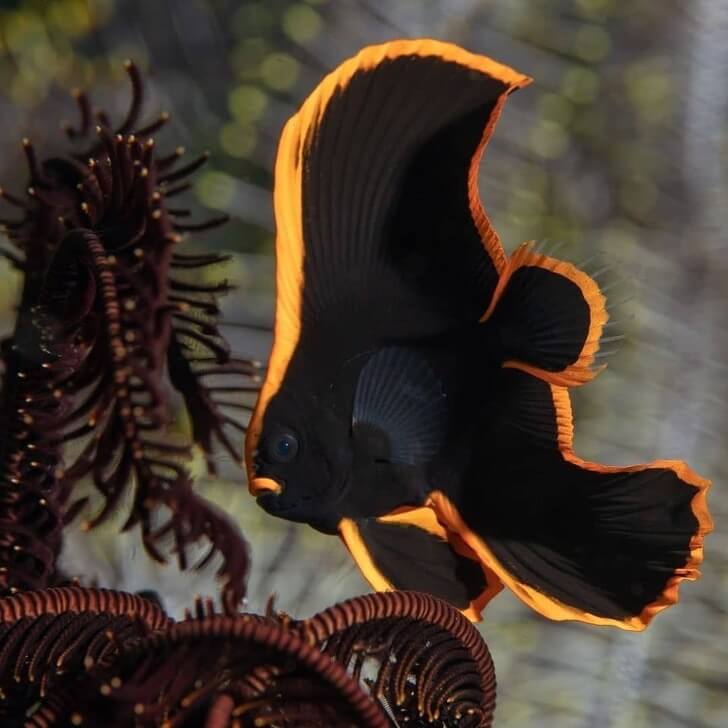
A fish known as a “sea bat.” The dusky batfish is like a phoenix rising from the ashes. A Member of the spadefish family (Ephippidae), named for their wide, flat, and often triangular shape, the dusky batfish (Platax pinnatus) is one of five known species of batfish in the world. Sadly, this striking gold and black visage fades once the dusky batfish grows into its mature form. As an adult, the species retains its smoky colouring, settling on a more silver than black shade, and its gold turns to yellow.
6 / 15
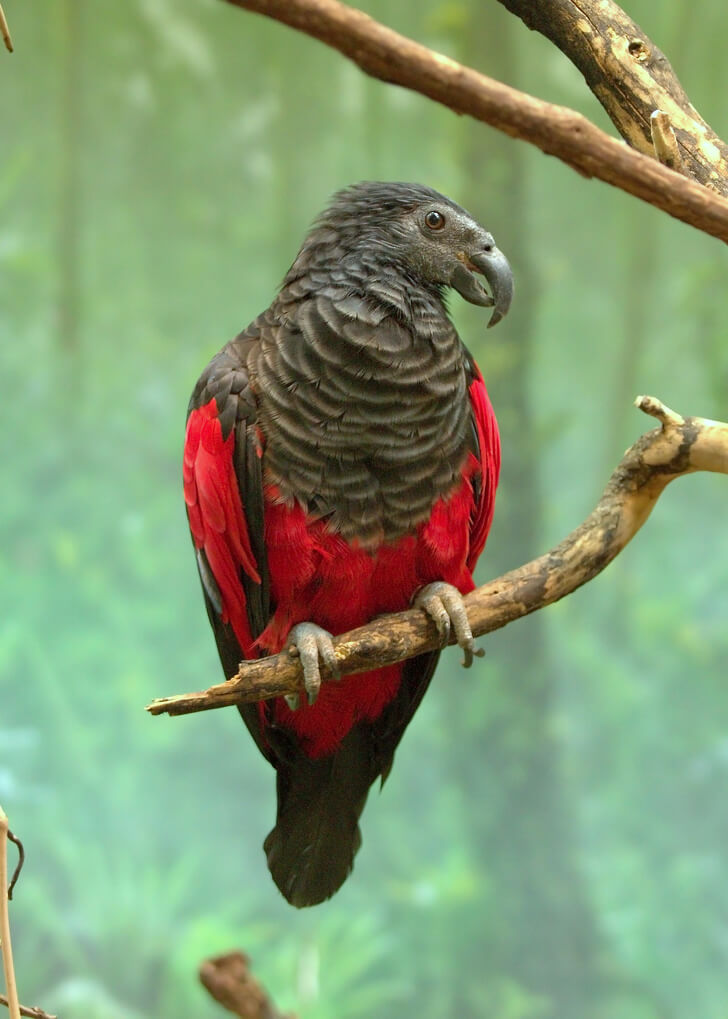
If I told you that this bird’s nickname is “dracula,” what would you think if I told you that it exclusively eats fruit? It is the world’s most terrifying parrot — a bald, vulture-like head, sharply hooked beak and a powerful body cloaked in dazzling red and black feathers. But a fashion craze among Papua New Guinea’s urban youth for fancy feather headdresses made from the pesquet’s parrot has put the species under threat of extinction. So many of the birds, also known as a Dracula parrot, are being killed that researchers believe there are now more being worn as “bilas” than are left alive.
7 / 15
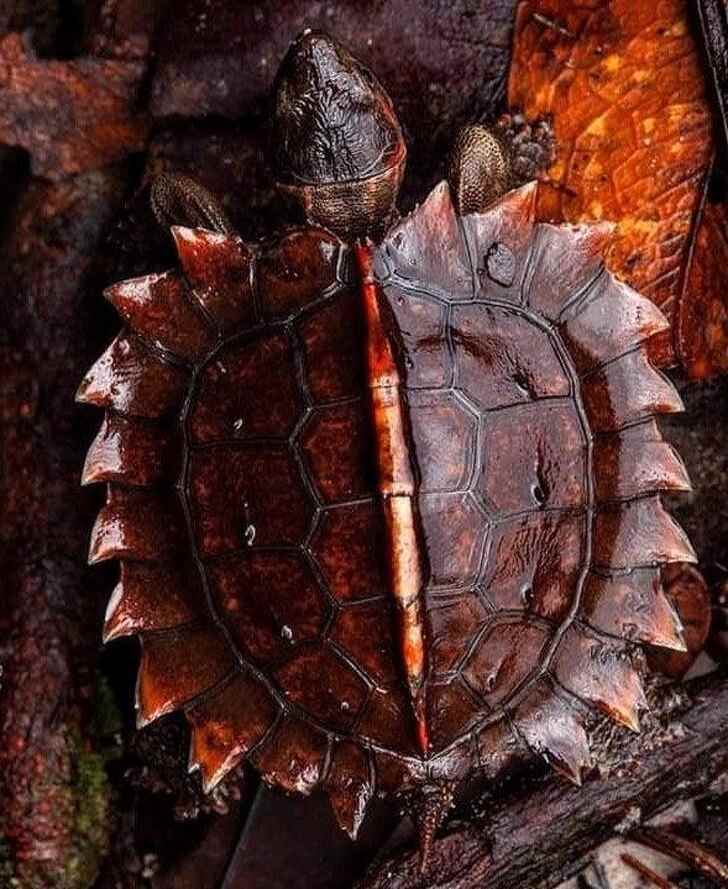
Scientists aren’t shocked by the jagged edge of this turtle’s shell since it aids it in hunting deadly cane toads. The Australian sea turtle has a shell whose tips resemble the teeth of a saw. In addition, she is one of the few animals in Australia able to feed on the poisonous cane toad.
8 / 15
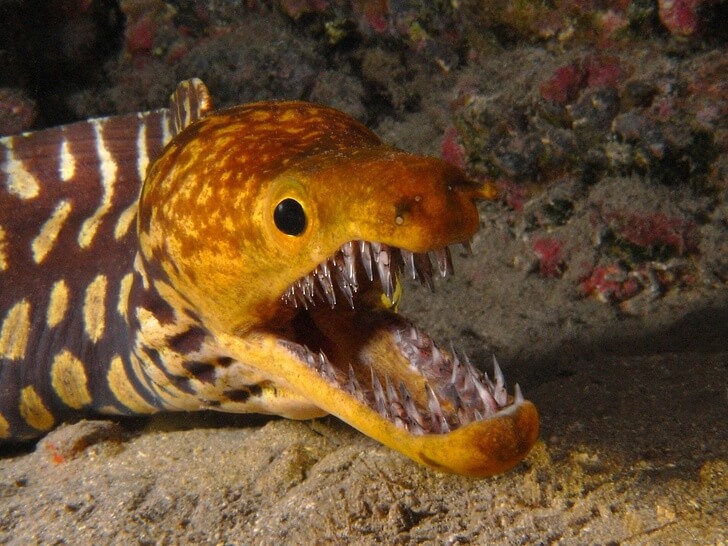
Muraena marine snake with translucent yet razor-sharp fangs. They have sharp, jagged teeth. They’re covered in toxic slime. They devour their prey with a set of double jaws. They are some scary animals. Moray eels are some of the weirdest animals in the ocean, but there’s more to the species than their most terrifying features. For example, they’re actually quite intelligent, and they’ve been known to cooperate with other fish during hunts. You wouldn’t know this if you only listened to headlines about “Murderous Morays.” There are more than 200 species of moray eel out there. While they look and function the same, they differ in size, color, diet, and habitat.
9 / 15
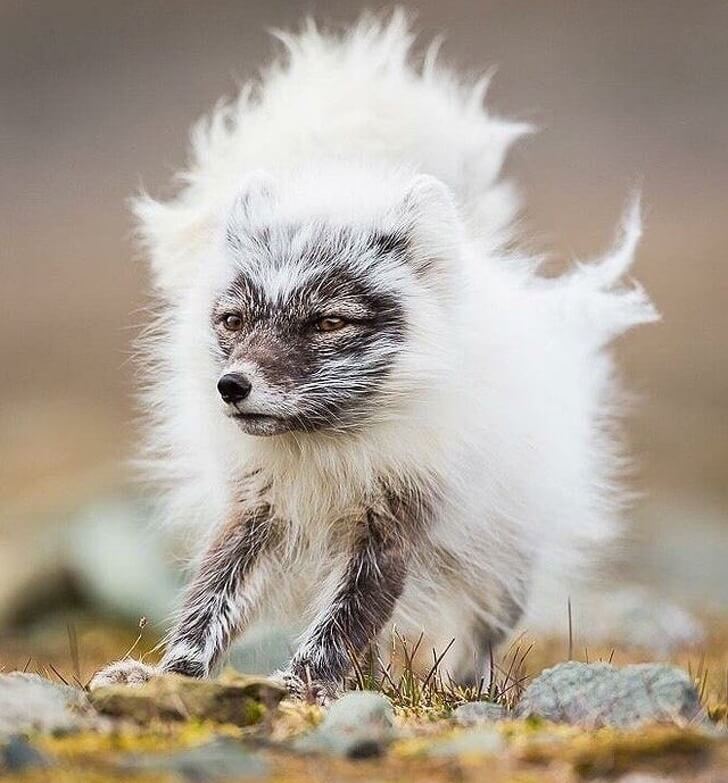
This is an arctic fox that loses its fur coat and changes its fur in the summer. British photographer Kevin Morgans found a bit of nature’s magic. Spotting a lump in the distance, he was unsure at first whether it was a rock or an animal. Approaching slowly, Morgans soon realized it was a sleeping Arctic fox—the first he had ever seen. Crawling closer, Morgans waited with his camera until the animal began to stir. “First one eye opened, then the other,” he recalls. When their eyes met (top right), Morgans felt that the animal “was looking into my soul.” Soon it yawned widely (bottom), then stood to stretch.
10 / 15
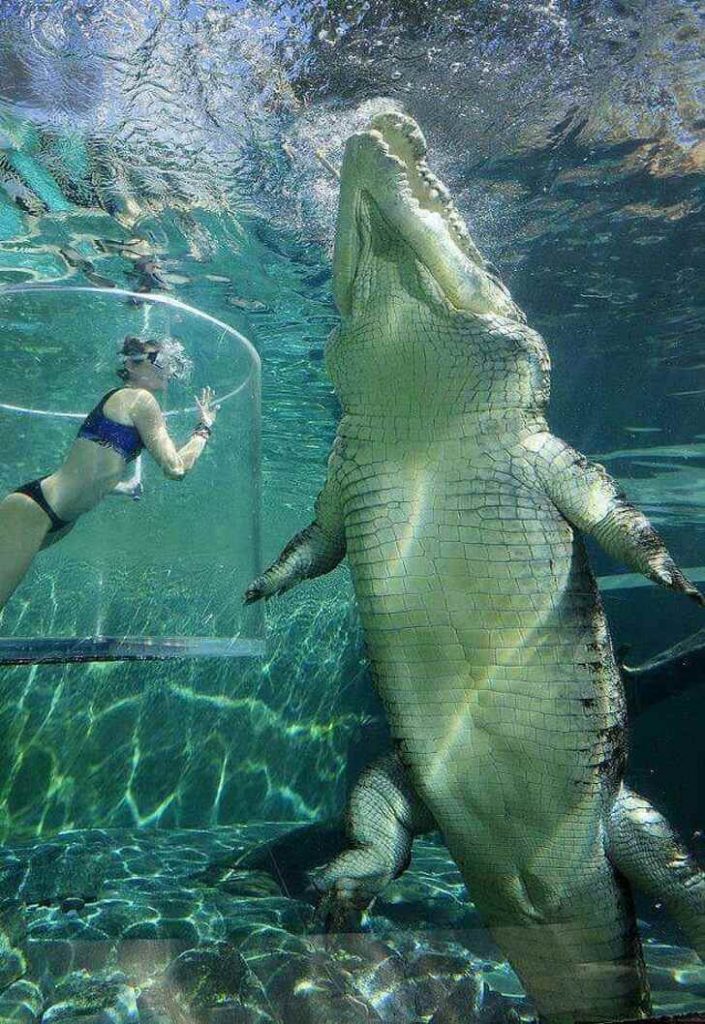
What is the maximum size of a saltwater crocodile? You can’t possibly imagine. Never smile at a crocodile No, you can’t get friendly with a crocodile Don’t be taken in by his welcome grin He’s imagining how well you’d fit within his skin Never smile at a crocodile Never dip your hat and stop to talk awhile Never run, walk away, say good-night, not good-day Clear the aisle but never smile at Mister Crocodile.
11 / 15
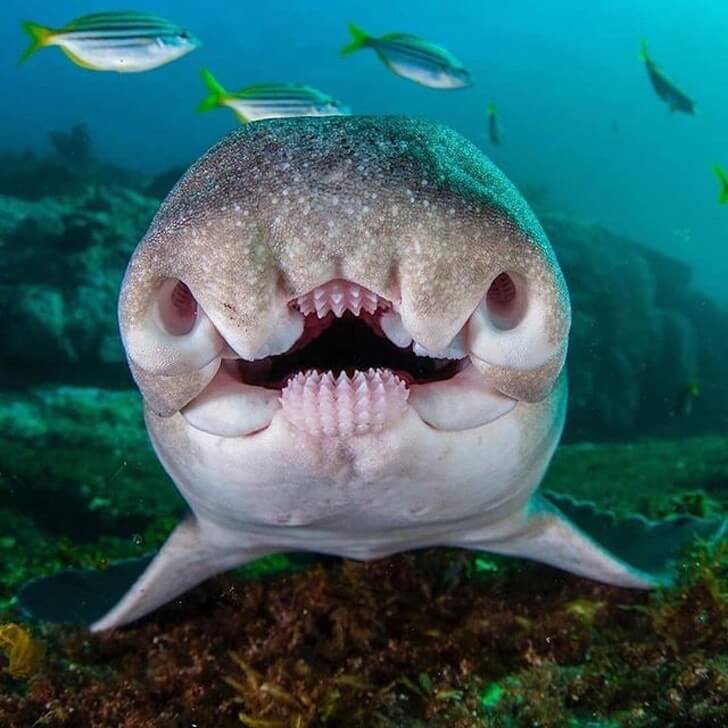
This is an Australian bull shark’s snout. All sharks may appear fierce, but new research reveals Port Jackson sharks have distinct personalities that impact how they respond to stress and risk-taking. Port Jackson Sharks, found in coastal regions in southern Australia, display predictable and consistent traits, such as their individual willingness to take risks, according to a study published today.
12 / 15
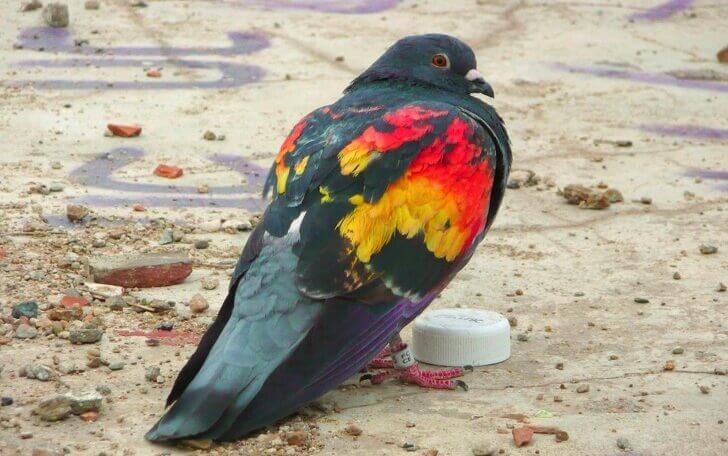
A stylish pigeon. The domestic pigeon (Columba livia domestica) is a pigeon subspecies that was derived from the rock dove (also called the rock pigeon). The rock pigeon is the world’s oldest domesticated bird. Mesopotamian cuneiform tablets mention the domestication of pigeons more than 5,000 years ago, as do Egyptian hieroglyphics. Research suggests that domestication of pigeons occurred as early as 10,000 years ago.
13 / 15
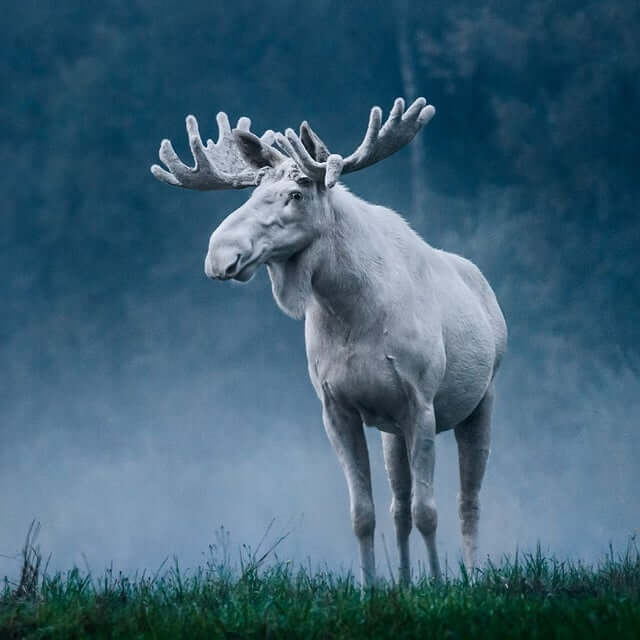
The spectacular white moose. The White Moose is found in Sweden, and there are only about 100 of them in existence. The moose is not albino, but lacks color thanks to a genetic mutation. Albino animals are unable to produce melanin – animals with leucism, like white moose and peacocks, for example, have reduced pigment. True albino animals have pink or red eyes, whereas animals with leucism have dark eyes. They stand as high as 6′-6″ at the shoulder and weigh up to 1,800 pounds, and the males have massive antlers that can span 6-feet from end to end. And believe it or not, these animals can run up to 35-mph. That’s fast. Anyhoo, White Moose. Man, they’re majestic.
14 / 15
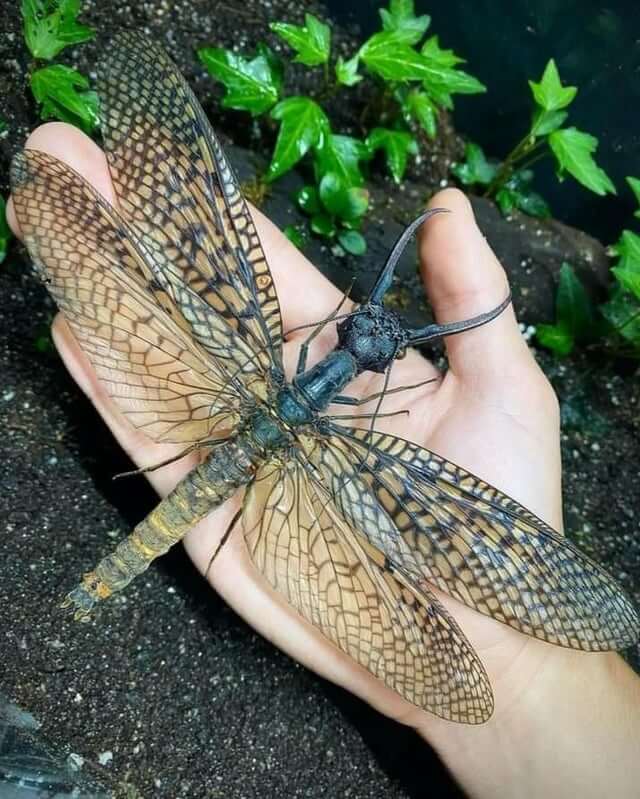
This is a “huge chinese dobsonfly,” which may be found in Southern China and Northern Vietnam. This insect, which frightens people with its gigantic appearance, is about 22 centimeters. Entomologists describe it as an insect that lives in quality wetlands. This creature, which likes to live in clean water, immediately notices changes in the pH value of the water and the level of trace elements that are polluting.
15 / 15
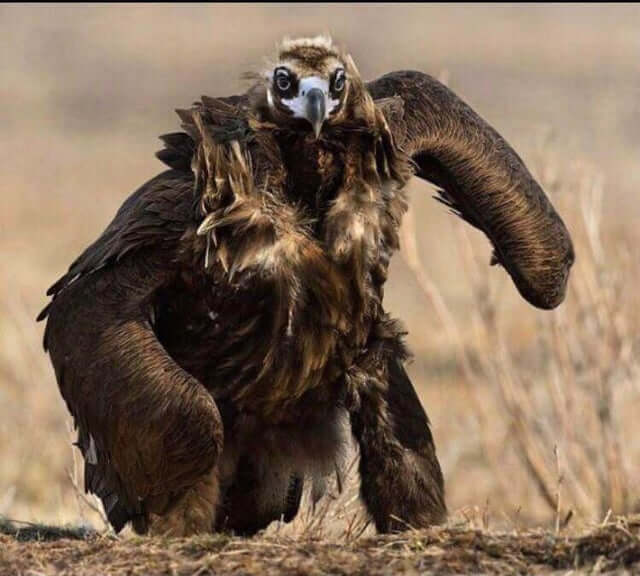
This is a Mongolian (Cinereous) vulture, and I would flee if I saw one. The cinereous vulture is the most endangered species of raptor in Europe. Development of agricultural practices reduced their food supply as these birds of prey scavanged the dead carcasses of European bison and other large mammals. They persevere in Mongolia (above, at a carcass with ravens), although we need to learn more about their general ecology to ensure their survival. Listed as Near Threatened by the IUCN Red List, the Wildlife Conservation Society is working to protect these magnificent birds and other wildlife throughout Mongolia.
